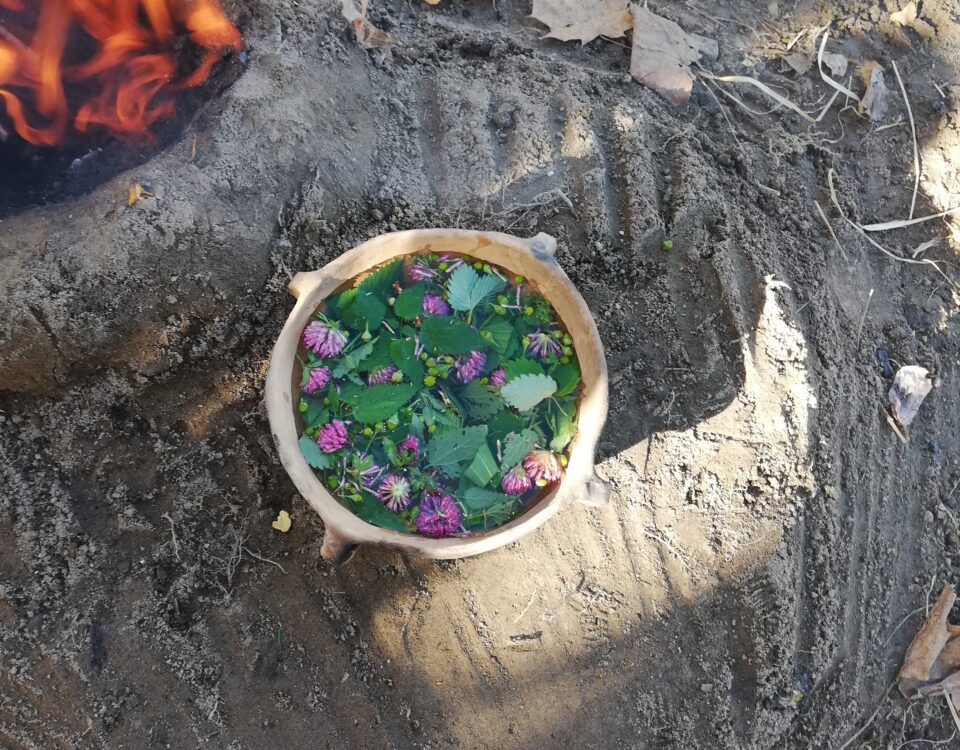
Could Ötzi have been saved?
Ötzi, the Iceman, was murdered by a shot from behind. That much is sure.
An arrowhead pierced his left shoulder blade and was lodged in the subclavian artery. This caused a massive hemorrhage, which was either immediately fatal or led to a considerable impairment that resulted in his death. Even today a wound to the subclavian artery, like Ötzi had, is often fatal if the wounded person does not receive a blood transfusion immediately. Could Ötzi have been saved?
Because his blood residue was preserved in glacier ice and his DNA has been decoded we now know his blood type: Ötzi had blood type O, rhesus positive. So which blood donor should have been ready?
As a recipient, Ötzi would not have had much choice in the event of a blood transfusion: he could only have taken blood from people who also had blood type O. The red blood cells of all other blood types carry either antigen A or antigen B (or both) on their surface. They would immediately stick to the foreign protein of blood type O, creating clumps.
Conversely, as a blood donor of blood group O Rh+, Ötzi would have been very well suited for all other rhesus positive blood groups.
Well, as we know, that didn’t happen…
How long have blood types been around?
Not only humans have blood types A, B, AB, and O. The ABO system can also be found in many types of great apes. Genetic variations of the ABO polymorphism have been passed on for more than 10 million years.
14 June is World Blood Donor Day
Karl Landsteiner, who discovered blood groups, was born on 14 June 1868. In 1901 he determined that blood transfusion from different blood types can lead to agglutination.
Image:
Raman spectroscopy picture of one of the world’s oldest known red blood cells: it’s from Ötzi, the 5300 year old Iceman © Marek Janko
Published by: Janko, M. / Stark, R.W. / Zink, A.: Preservation of 5300 year old blood cells in the Iceman. In: Journal of the Royal Society Interface 9(75) (2012) 2581-2590, doi: 10.1098/rsif.2012.0174








